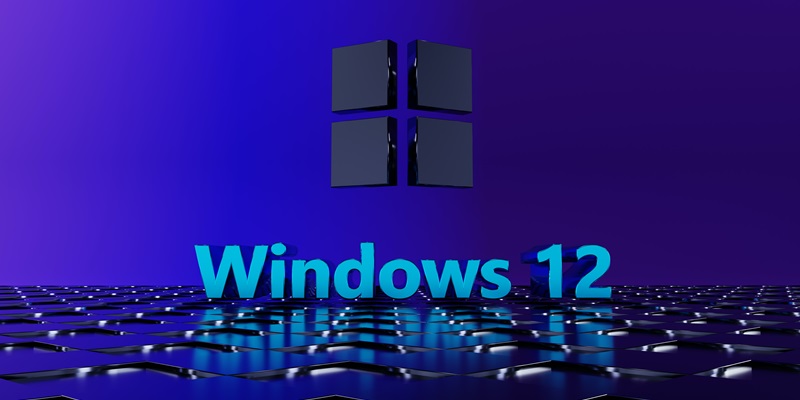The anticipation for the next version of Windows, Windows 12, is steadily growing. While we have not seen any actual screenshots or videos of Windows 12 yet, we have been graced with plenty of possible ideas of what it might look like, courtesy of some very talented concept designers. One such designer, AR 4789, previously imagined an alternative to Windows called MiracleOS and now gives us his take on Windows 12. In a video, he showcases not only the features we might see in the new operating system, but also takes us through the entire installation and setup process.
Concept Designer AR 4789’s Alternative to Windows is MiracleOS
AR 4789, known for his innovative design ideas, has previously impressed people with his alternative to Windows called MiracleOS. This concept was met with enthusiasm from users who appreciated its fresh approach and unique features. With the release of his Windows 12 concept, AR 4789 aims to capture the same level of excitement.
AR 4789’s Video Showcases the Installation and Setup Process of Windows 12
In his video, AR 4789 takes us through the installation and set-up process of Windows 12. The visual journey begins with the familiar booting screen and progresses to reveal a new look for the operating system. One notable change is the taskbar, which is now positioned on the left side of the screen instead of the bottom. This shift allows for a more efficient use of the screen real estate, enabling users to access their most frequently used apps and features with ease.
New Look and Features of Windows 12
As the video progresses, AR 4789 introduces us to various new features and design elements of Windows 12. The default Start menu retains its familiarity, but File Explorer undergoes a significant makeover, along with other interface elements. These updates bring a fresh and modern feel to the operating system while maintaining ease of use.
Introduction of Easily Applicable Themes and Customizable Features
AR 4789’s concept takes customization to a new level with a selection of easily applied themes. One standout theme included is a smart Windows XP design, which pays homage to the beloved classic operating system. Additionally, the concept provides users with the ability to customize boot screens, taskbar layouts, and Start menu layouts. This level of flexibility allows individuals to tailor their Windows 12 experience to their preferences, fostering a more personalized computing environment.
Addition of Floating widgets and Microsoft Copilot with Bing Chat
One of the most intriguing elements showcased in AR 4789’s concept is the inclusion of floating widgets on the desktop. These widgets provide at-a-glance information and quick access to frequently used tools, making multitasking and staying organized effortless. Furthermore, Microsoft Copilot, accompanied by Bing Chat, makes an appearance in this concept, providing users with intelligent digital assistance and the ability to effortlessly search and communicate using Microsoft’s powerful tools.
The Consideration of this Concept and its Potential Impact on the Actual Windows 12
AR 4789’s Windows 12 concept is one of the most well-considered and comprehensive designs we’ve seen thus far. The attention to detail, innovative features, and user-friendly interface make this concept highly appealing. While it remains to be seen how closely Microsoft will align with these ideas, incorporating even a fraction of them into the real Windows 12 would undoubtedly be amazing.
If you’re eager to catch a glimpse of what Windows 12 could potentially look like and experience the installation and set-up process firsthand, be sure to watch AR 4789’s video linked below. Share your thoughts and impressions on this concept in the comments, and let us know what features and design elements you would love to see in the future release of Windows 12. While we await the official unveiling by Microsoft, exploring these remarkable concept designs allows us to imagine the exciting possibilities that lie ahead in the world of Windows.

